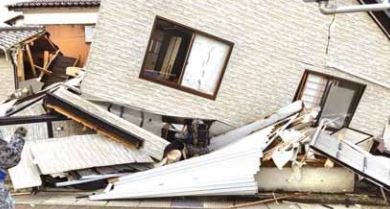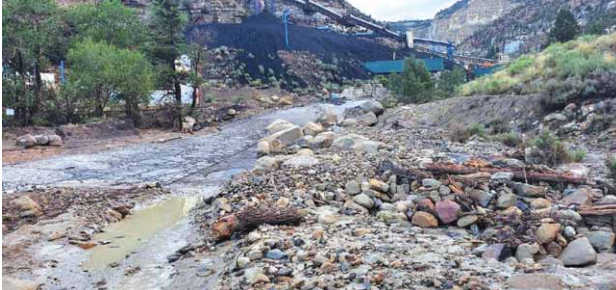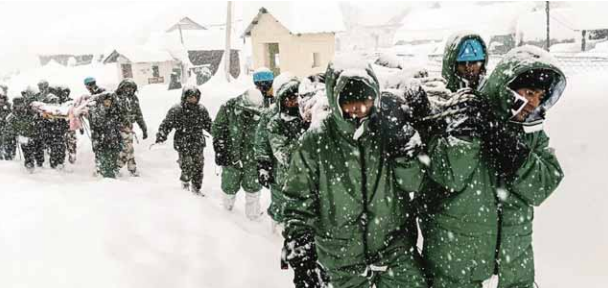On the first day of 2024, a magnitude 7.5 earthquake was recorded by the U.S. Geological Survey (USGS) near the northern coast of the Noto Peninsula on the west coast of Honshu, Japan. The Japanese Meteorological Agency (JMA) reported the earthquake as magnitude 7.6. According to USGS, it is not uncommon for agencies’ measurements to vary due to different sensors and methods. Dozens of aftershocks were also recorded.
The quake caused severe shaking in Nanao, with light shaking in Tokyo. The quake also prompted a tsunami of nearly three feet in Japan. JMA initially issued a major tsunami warning, the first since Japan’s 2011 earthquake and tsunami, but eventually reduced it to an advisory. Two reactors at the Shika nuclear power plant on the Noto peninsula survived but experienced temporary power outages due to damage. William Frank at MIT described what set this earthquake apart from others, namely that the quake was not due to subduction but rather part of an “earthquake swarm.”
Wajima, a city in Ishikawa Prefecture, was among the areas most affected by the earthquake. Many of the city’s 23,000 residents heeded tsunami evacuation orders and fled. But the city still had most of the total number of casualties. Dramatic images showed the devastation in Wajima. Seven weeks after the disaster, many survivors remained in limbo, living in evacuation shelters and unsure of their future, including whether the region will fully recover economically and culturally. Results from a survey released on March 18 showed about 30% of the residents in the cities of Wajima and Suzu, in Ishikawa Prefecture, were yet to return to their towns.
Earthquakes are among the most devastating natural hazards. Japan introduced regulations to protect buildings from earthquakes in 1981 and is renowned for its disaster preparedness. Japan’s investments, mandates and engineering practices adapted to seismic risk have saved lives during past earthquakes. However, many buildings in the affected areas may not have been built to withstand a strong earthquake. For example, many of Wajima’s traditional wooden homes collapsed.
While natural hazards, such as earthquakes, are inevitable, their impact on society is not. Disaster risk results from the interaction between a natural hazard, such as an earthquake, and the physical, economic, environmental or social characteristics that make people and communities exposed and vulnerable. For this reason, the Center for Disaster Philanthropy does not use the term “natural disaster” and instead refers to these events simply as a disaster. How we talk about disasters matters.
Lessons from the 2011 earthquake and tsunami that occurred off the northeastern coast of Honshu, Japan’s main island, may have been applied during this disaster. An analysis of smartphone location data during the Jan. 1, 2024 quake shows about half of users began to evacuate within six to seven minutes of the initial quake. During the 2011 quake, it took residents more than twice as long to evacuate. Preparedness activities like drills and increasing awareness of what to do during disasters can minimize the impact.
Source:
disasterphilanthropy.org
2024 Japan Earthquake






